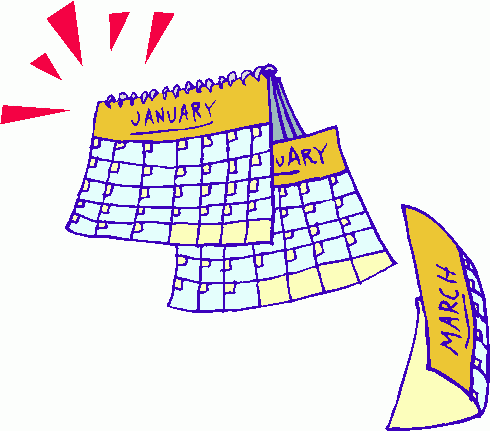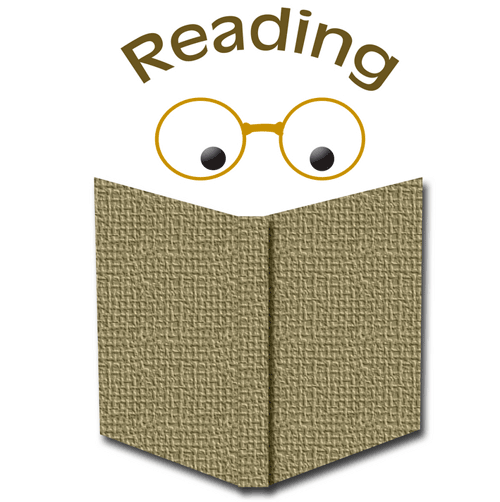Back to School Night Info aka What Goes on in First Grade?
Welcome!!!
This is an overview of what happens in that mysterious block of time that your child is here at school.
MORNING WORK

When your child comes in in the
morning there is a routine for putting their items away, changing the
book that was taken home from my library, checking attendance, and
collecting lunch money. Then your child gets to work on morning work. In
the beginning of the year, the children are putting name stories
together and writing in their journals. About the middle of October, we
begin centers where the children follow a task board, ot to-do list, of
various reading, writing, math, art, and
word games activities. Utilizing centers promotes independence,
responsibility, time management, and hands-on engagement in learning. I
feel that centers are are a crucial part of First Grade and for a
child’s development.
CALENDAR 
Every morning, after your child completes the morning work (in the
beginning of the year, putting the name stories together and then center
work where there is reading, writing, math, art, and poetry activities)
we gather on the rug for calendar. The following activities involve math, writing, spelling, and speaking.
Identifying calendar elements
Doing a tally
Reading a monthly chant
Weather Graph
Counting days been school- hundreds, tens, ones
Making date and how many days been in school in money
Morning News- writing together
Writing in response to a picture prompt
READING 
There are four components to the reading program in this class.
Guided Reading-
We read big books, stories in the reader, poems, etc. together while
learning about reading comprehension, how to read a word you are not
sure of, predicting story events, decoding skills, main ideas, settings,
character development, and basic understanding of how stories function.
The children listen to stories, read in
partners, read chorally as a group, act out parts of the stories, and
read in small groups. We read the story in the reader three days a week
and then work in Guided Reading groups two days a week. Guided Reading
groups allow me the unique opportunity to work with children in small
groups that have a particular need in their reading. The other children
are engaged in strictly reading based centers that promote
comprehension, word skills, and interaction with stories. These groups
are flexible and adapt to accommodate the individual needs of the
children. This is a special time for me and the children.
Writing- The
children write in response to stories in a special journal, on any
topic they would like, to me in a special journal in which I write back
to them, freely without correcting spelling, and on a topic related to a
story. The children are encouraged to use inventive spelling, look
around the room for words, and use dictionaries to look up words. I will
rarely give the spelling of a word to a child. By allowing them to look
up words they are isolating sounds that they hear and then finding that
sound. The learning becomes theirs and they become more independent. By
allowing them the freedom to spell words they way they hear them, the
children are practicing spelling patterns and letting their ideas flow.
This helps to make writing less tedious and a chore and more an
expression of ideas. The children are encouraged to draw first if they
are having trouble thinking of an idea to write about. The children
write every day. If a piece of writing is going to be displayed and in
some journal cases, the children sit with me and we correct their “first
grade spelling” . I conference with each child and help to work on
individual needs. This allows the children to go through the writing
process as many authors do. I also model writing to them so they learn
about capitals and punctuation. What the children write and draw is
their own work.
Working With Words-
During this time we work with the sight words that we are added to the
Word Wall Words. This is my spelling and phonics program. We study 5 new
words a week. While practicing these 5 words each day, we also practice
the words that have already been added to the wall. We have repetitive
activities that are done to
reinforce these words. The children will have “spelling” homework with
these words and a test on Fridays. Through these high frequency words,
children learn the common spelling patterns and how to rhyme words in
order to make new words. Rhyming is a very important skill that opens up
a whole new world of words to a child. If you can spell “cat” , then
you can spell “fat, mat, sat, that, hat, rat, bat” etc. We add them to
the Word Wall on Friday where the children can look when writing to
spell a word. Since children develop at different rates, there will be
some children that look at the Word Wall all year and some that become
comfortable enough that they only look at the Wall to rhyme and then
others that do not need the Word Wall at all. We play games and sing
chants and do other high energy activities with these words that discuss
the sounds that are in the words and the spelling patterns that occur
in order to have many opportunities where a child can really learn the
words instead of a one time test at the end of the week. We use a lot of
poems to see these words in context. Right now we are working with the
children’s names, because what is more important that your name!!!!!
Self-Selected Reading
- During this time the children read from a bag of books that is
individually leveled for that child. There are books that are below, on,
and above reading level. The children read the books over and over
until it is their turn to read with me again. This allows for fluency
development, which enhances comprehension and makes the reading sound
smooth. When a child sits with me they pick a new book from their
updated selection and as the child reads individual reading needs are
addressed. These can range from decoding words, developing new
strategies to figure out a word, to how to read non-fiction books where
you learn something. I usually read with two kids a day. This is my
favorite time of the day because I get to be with each child alone and
see i individual development. I learn a lot about each child and can
find strengths and weaknesses. The way to learn to read is to read as much as possible and as often as possible. That is the reasoning for this whole time of the day.
MATH 
We
have a math book and mostly follow the sequence of the book. Each
morning as part of the morning routine, the children have to enter their
information on the graph of the day. This is a way to emphasize the
importance of organizing data and making comparisons.
Each day before we tackle the topic for the day, we do a math problem.
The children are shown how to read, draw, and then solve the problem. We
talk a lot about how to solve problems. In talking about how to solve
word problems, we are also talking about how to solve life problems. We
will cover addition and subtraction to 20, geometry, measurement, place
value, word problems, and different methods to solving addition and
subtraction problems. There will be math homework every night. There are
tests at the end of each chapter and more open-ended tests that go in
their portfolios.
SCIENCE 
We study living
things, weather, and sound and light. We study ladybugs and other
insects as a way to investigate living things. after we explore the
world of insects, then we move on to sound and light where the
children participate in some really neat experiments and learn a lot of
really fancy words. In the spring, we talk about different types of
weather and conduct experiments to see how weather works.
SOCIAL STUDIES
We study the holidays, families, and
communities. We also study various units throughout the year that
connect with the stories that we read.
SPELLING
See the Word Wall description.
There are reading tests, math tests, and Word Wall tests. The tests
are to be signed and returned so I know that you have seen them. Each
child also has a portfolio that has rough copies of writing, performance
assessments from math, and other samples of work. These are to show
their progress over the year. You may look at them at anytime. Report
cards go out 4 times a year. We have changed our report card to be more
developmentally appropriate. There are also more specific categories
under each subject to really pinpoint how your child is doing.
BEHAVIOR MANAGEMENT 
It is my goal to
encourage your child as much as possible while maintaining high
expectations for behavior and responsibility. In order to achieve this I
have developed a system based on several books that I have read and
graduate classes that I have attended, that focuses on the positive with
the child. Traditionally, myself included, the system of “changing the
card” was used to establish consequences. If a child changed their card
that might that they made a mistake in their behavior or forgot their
homework. After many years of using that system I grew frustrated that I
was only focusing on the negative. I have started a system where you
want to change your card and the reward that you earn you get to keep no
matter what. If a child brings in her homework, then she flips her card
and can go to recess. If I get the child doing other great things
during the day and following the rules that we have established in our
class, then they can continue to change their card for other rewards
such as a piece of candy, tickets to be redeemed for various prizes, and
a good note home. This way more emotion and a bigger reaction comes
when the child makes a good choice instead of only getting a reaction
when there is a negative behavior. If the child does not follow a rule,
then she is asked to have a timeout that is monitored by a timer. Any
work that the child does not complete during this time because they are
in a timeout goes home for homework. If a child has 5 timeouts a day
then she has to stay after school. 10 timeouts or very serious behavior
results in a call home.
The other key to this
system is that once a reward is given then it is not taken away. If you
are five minutes late to work or forget to hand in a report odds are you
are not going to get docked any pay. A reward is a reward and that has
been earned so I cannot impose a return of that reward. Each success or
mistake is its own incident and there is no carry over. Each day the
child starts fresh again. I feel that this system, along with stern
comments and high expectations for behavior, provides a balance and
creates an environment where children can thrive and grow.
My goal is to make the children as independent as possible and to
have all of them learn to read. We will have lots of fun and laughs
together. I am available after school for conferences. This is the most
important year in your child’s education and as a team we should have a
great year!!!!
Thanks-
Mrs. Bedford